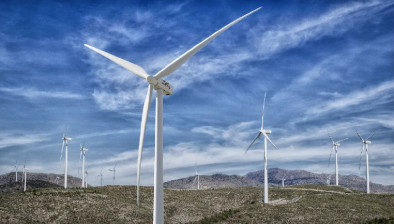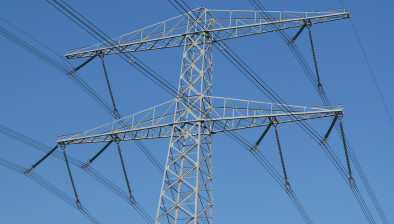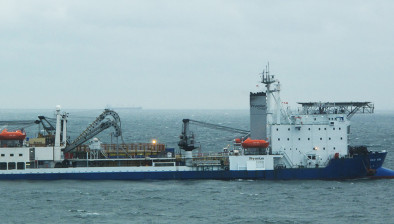Ofgem approves £700m electric link to Shetland
Energy regulator Ofgem has today approved a subsea electricity cable linking Shetland to the mainland but said it is minded to turn down a similar application for the Western Isles.
Scottish and Southern Energy Networks (SSEN) proposes to build a 600MW subsea electricity transmission link from Shetland to mainland Scotland.

The link would allow new wind farms on Shetland to export renewable electricity to the rest of Great Britain and help ensure security of supply on the islands.
SSEN estimates the link would cost around £709 million and would be completed in 2024. Ofgem is consulting on approving the link subject to SSEN demonstrating, by the end of 2019, that the Viking Energy Wind Farm project planned for Shetland has been awarded subsidies through the UK Government’s Contracts for Difference (CfD) auction. This would protect consumers from the risk of paying for a link that it is bigger than needed.
The energy regulator said it is minded to reject SSEN’s separate proposal to build a 600MW transmission link to connect the Western Isles to the mainland based on two Lewis Wind Power wind farm projects being awarded subsidies through the CfD auction because of the risk of consumers paying for a significantly underutilised link
Ofgem said it would instead support an alternative proposal that more appropriately protects consumers from the additional costs of funding a potentially significantly underutilised link. This could be either a 450MW or 600MW transmission link depending on any revised proposals SSEN put forward.
SSEN’s initial estimate for the proposed Western Isles 600MW link put the cost at around £663m, and would be completed in 2023. SSEN’s equivalent initial estimate for the 450MW link put the cost at around £617m.
Ofgem estimates that the costs to consumers of building the Shetland and Western Isles links could be reduced significantly. Ofgem plans to reduce costs by seeking to replicate the outcomes of competition. The regulator is minded to use the ‘Competition Proxy’ model, setting the revenue that SSEN can earn from building and operating these links based in part on the regulator’s experience in cutting the costs of connecting offshore wind farms to the grid by tendering the ownership of these links.
Ofgem regulates network companies including SSEN, which is a subsidiary of SSE. All energy consumers pay for the cost of investment in new capacity through their energy bills and the regulator ensures that it obtains the best deal possible for them.
Ofgem will make a decision on the business case for the Western Isles and Shetland links in mid-2019. It will confirm whether it will use the Competition Proxy model at the same time.
Hannah Smith, senior policy manager at Scottish Renewables, said: “Scotland’s remote islands have some of the best renewable energy resource in the world.
“We welcome Ofgem’s minded-to position on the Shetland interconnector – the lack of which has left promising projects effectively locked out of the energy market for want of a network connection.
“The decision to approve a smaller connection to the Western Isles – which is in an almost-identical situation – does, however, raise questions about whether consumers now and in the future will be denied access to the islands’ potential for low-cost renewable generation.
“Renewable energy development is about delivering environmental, social and economic benefits, so the numbers on this decision are important.
“Analysis by SSEN shows the cost differential between a 450MW and 600MW link is less than 5% of the total cost of the project; but would provide a third more capacity for new renewable electricity generation and deliver an additional 30% of socio-economic benefit to the Western Isles.
“We would urge Ofgem to consider the potential for increased future green energy generation – and the benefits that cheap, clean energy will deliver for consumers – when making a final decision on the Western Isles link and urge all stakeholders to make their voices heard in the consultation process which is now underway.”





















